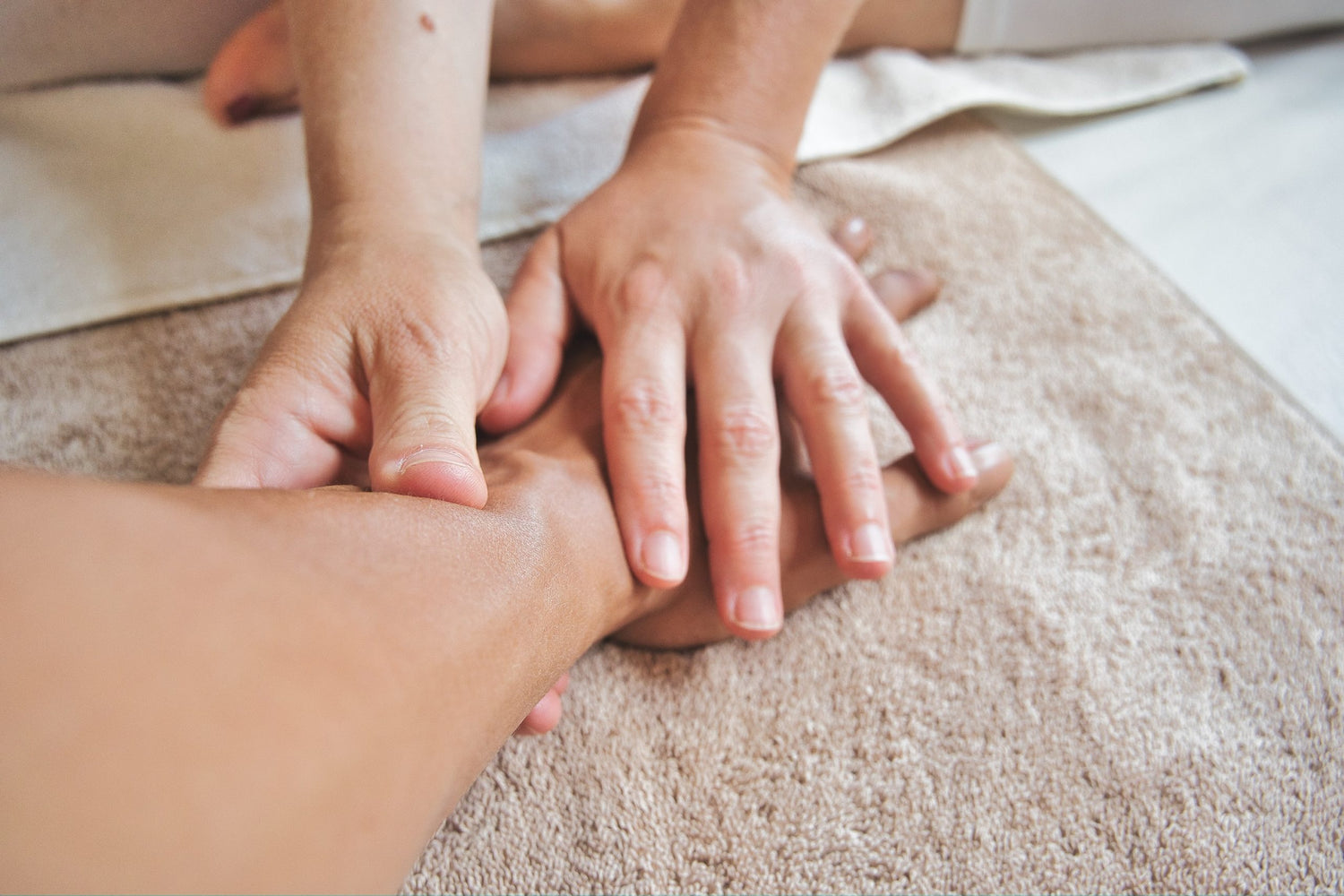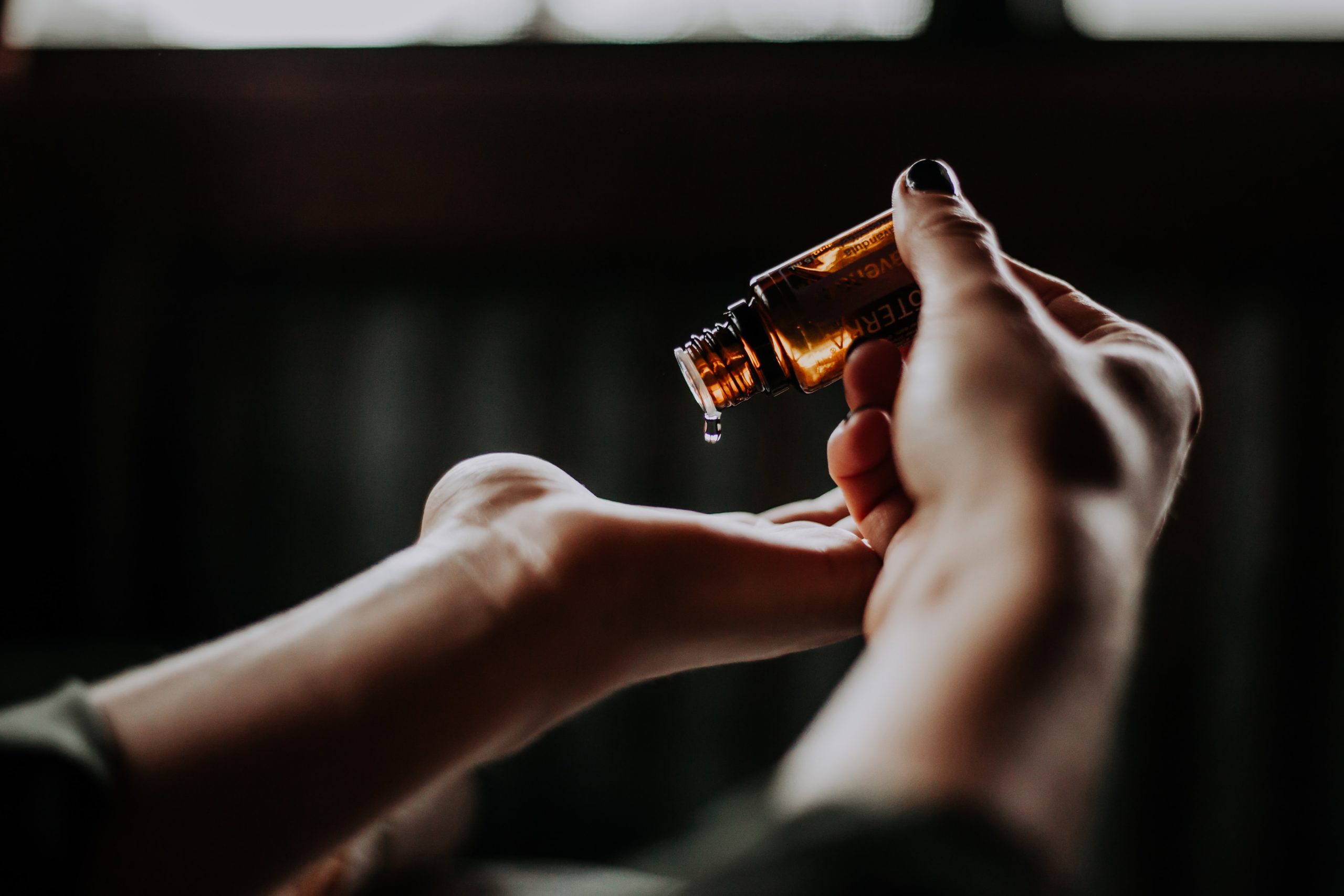If you’re looking for more tools for your migraine arsenal, migraine relief pressure points could be worth a shot.
Proponents of pressure points believe that applying pressure to certain, very sensitive points on the body can ease pain and restore balance to different areas. This practice is commonly called acupressure, and it includes techniques meant for headache relief.
While pressure points don’t have a lot of scientific data to back them up, there is enough information combined with a low enough risk that acupressure could be worth trying out for yourself. This article investigates the reasoning and methods.
Acupressure vs. Acupuncture
It’s worth noting here that acupressure isn’t the same thing as acupuncture.
Acupressure can be done just by using your fingers to apply pressure to certain pressure points. On the other hand, acupuncture requires the placement of tiny needles. Those needles are placed in very specific points by a licensed acupuncture specialist with the proper training and equipment.
This article pertains only to acupressure.
Are Migraine Relief Pressure Points Actually Effective?
Although there isn’t a lot of scientific research supporting using pressure points for migraine relief, there has been some study on massage therapy of the head and shoulders and its relationship to headaches.
Pressure Points May Help Chronic & Tension Headaches
In 2002, a small study looked into whether massage could help adults with chronic tension headaches.
Four adults were given a massage 2 to 3 times weekly, for a period of 6 months. Everyone who participated reported fewer headaches within the first week. By the end of the 6 months, the average number of headaches each person experienced was reduced from almost 7 to just 2 per week. And the headaches they did get were shortened by half – from 8 hours to 4 hours on average.
Back in 1990, a larger study was conducted on 21 women with chronic headaches. Participants were given 10 intense, one-hour massages over 2 weeks. The results indicated that those massage sessions led to reduced duration, severity, and frequency of headaches.
Pressure Points May Relieve Other Migraine Symptoms
For migraines specifically, there is some evidence that acupressure, or pressing on migraine relief pressure points may help you feel better.
A 2017 study indicated that applying pressure to certain points on the head and wrists could significantly reduce migraine-related nausea when compared to medication alone. However, it was not found effective for pain relief.
In 2019, study found that self-administration of acupressure by people with migraines may lessen fatigue, which is a common migraine symptom.
Is There a Downside?
Using migraine relief pressure points may or may not reduce your headache pain. But the good news is that you don’t have to ingest anything or take any crazy risks to try it.
Traditional Chinese medicine urges avoiding some of these pressure points during pregnancy. So if you’re pregnant, you’ll want to do some extra research first. Beyond that, your main risk is pressing too hard, and you’re in control of that.
Types of Migraine Relief Pressure Points
There are several acupressure points in the body that may be referred to as migraine relief pressure points. This chart could help you find them. To try them out, apply pressure for a minimum of several seconds, and up to a few minutes at a time. Here are several that could be worth a try.
Union Valley or Hegu
This is on your hand, on the webbed area between your index finger and thumb. To see if it helps you, pinch it firmly, but not until it hurts.
Ears
There are a few different spots to try on or around your ear. Try pinching or applying pressure to see if it provides any relief.
- The ear apex – a pressure point found on your ear’s upper tip
- The ear gate – a point between your temple and the top of your ear
- The daith – the little piece of cartilage just above your ear canal (Some believe daith piercing helps prevent migraines, but there is no scientific evidence for this.)
Feet
On the feet, there are three different migraine relief pressure points.
- Liver 2 or Moving Point – between your big toe and 2nd toe
- Liver 3 or Great Surge / Tai Chong – 1 to 2 inches from the base of your big toe and 2nd toe
- GB41 or Above Tears – a pressure point behind toes 4 and 5
Face, Head and Neck
- Urinary Bladder 2 or Drilling Bamboo – near where your eyebrows begin on either side of your nose
- Third Eye or Yin Tang – a pressure point right between the eyes
- Gallbladder 20 or Feng Chi – at the base of your skull, between the two vertical neck muscles (if nothing else, this could feel great if you have neck pain)
- Gallbladder 21 or Jian Jing – halfway between the base of your neck and your shoulder joint
How to Use Pressure Points at Home
As an alternative migraine treatment, using pressure points or acupressure is pretty straightforward. For any spot you can reach, you can try applying pressure yourself. You can also go to someone trained and licensed in acupressure or reflexology.
If you’re using migraine pressure points on yourself, make sure you’re sitting in a comfortable position and feeling relaxed. Use your thumb or finger to apply pressure to the desired pressure point. If the pressure point is in a place like your hand, it may be easier to pinch the point between your thumb and index finger.
While applying the pressure, try making small circular motions. Repeat this as frequently as you like, and see if it helps your headache pain. But if you feel any discomfort or other undesirable symptoms, simply stop the pressure.
What to Expect With Acupressure
If you visit an acupressure specialist, you’ll probably have an evaluation of your overall health, and then work with the provider to create a treatment plan. If acupressure and migraine relief pressure points are going to make a difference for you, you may feel a difference immediately, or it could take a few sessions.
Whether you practice on yourself or go to an acupressure specialist, you might feel a slight soreness on the pressure points later on. If you tend to bruise easily, you might notice some bruising. You could also feel more relaxed, or more energized following a session.
While migraine pressure points may or may not bring relief, it’s handy to keep in your chronic migraine toolkit. It’s worth a try, but won’t replace more science-backed methods, such as your Axon Optics migraine glasses.






